Agoraphobia is a neurotic disorder. The essence of it is an unreasonable, morbid fear of open space. Large, closed rooms with many people, e.g., hypermarkets and railway stations, are also terrifying. Agoraphobics may avoid traveling by train, driving a car, or riding a bicycle alone.
Some patients may avoid certain situations and places because they fear the difficulty or embarrassment of leaving them. Besides, they fear that no one in the crowd will notice if something happens to them. That is why they do not go home without an accompanying person. It is a “guarantor of safety” in public places.
Identifying the typical causes of any anxiety disorder is challenging. According to the current state of knowledge, many different factors contribute to the development of agoraphobia, i.e., the etiology is defined as multifactorial. However, we distinguish two larger groups of these factors:
Potential biological factors that play a role in the development of agoraphobia include abnormalities in the transmission of various types of neurotransmitters in the brain, e.g., serotonin or gamma-aminobutyric acid (GABA), functional or structural changes in the brain, e.g., reduced volume of the hippocampus, genetic factors, excessive stimulation so-called hypothalamic-pituitary-adrenal axis, leading to secrete large amounts of “stress” hormones.
The role of evolutionary factors is also significant, the impact of which is emphasized especially in the case of anxiety disorders in the form of phobias, which is explained by the phenomenon of typically primary association of specific situations or objects by humans with a threat and automatic generation of fear, even just at the thought of these potentially threatening circumstances.
However, psychosocial factors that influence the development of agoraphobia vary depending on the psychotherapeutic approach. Anxiety disorders, specifically agoraphobia, can be attributed to various theories. Psychoanalytic theories suggest that unresolved internal conflicts are the cause. Cognitive-behavioral theories suggest that its cause is non-adaptive thought processes and disrupted cognitive schemes we learn. Humanistic approaches emphasize the fear induced by treating others' aspirations, attitudes, and experiences as one's own. Systemic theories indicate that a dysfunctional family that fails to satisfy basic human needs can contribute to the development of agoraphobia.
Generally, being female, young age, lower level of education, loneliness, and lower social status are considered risk factors for anxiety disorders![]() .
.
Agoraphobia is a very severe anxiety disorder that can seriously hinder, in many cases even prevent, everyday functioning. If you are concerned that someone close to you suffers from this condition, some symptoms may point you in the right direction.
If you suspect agoraphobia, self-observation is best. If you feel a severe fear and anxiety of finding yourself alone in a crowded place – on public transport, in a shopping mall, or on the street, if you are afraid of open spaces and just leaving the house is difficult for you and causes anxiety – perhaps it is agoraphobia.
Agoraphobia is characterized by intense fear and associated physical symptoms![]() such as:
such as:
These fears are often triggered by situations that most people perceive as neutral. What for other people is something completely normal and something they do not pay much attention to and do not devote much time to, in the case of people with agoraphobia, arouses tremendous fear.
Somatic symptoms intensify this fear even more. For example, a rapid heartbeat in a stressful situation may be perceived by such a person as an impending heart attack, which makes them even more afraid and thus worsens their condition even more.
Agoraphobia has a severe and negative impact on the whole life. A person with agoraphobia copes with social situations worse and worse. Usually, the individual's everyday activities are severely limited by agoraphobia, and in severe cases, they might not be able to leave their house.
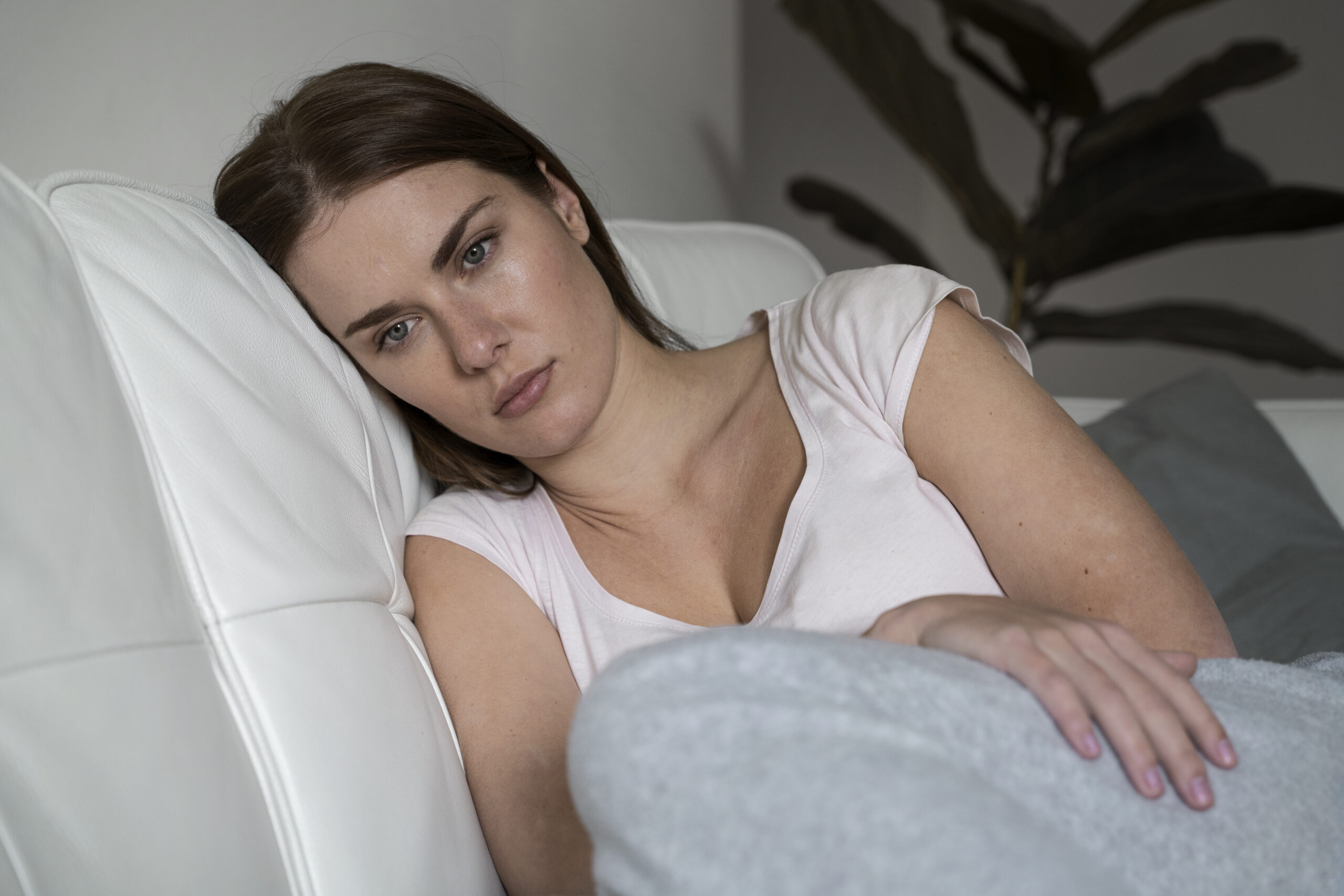
Panic and anxiety disorders like agoraphobia can initiate depression![]() . Individuals with a history of severe depression have a higher chance of developing panic disorder and agoraphobia. Some signs present in major depressive disorder are comparable to those seen in agoraphobia and can aggravate each manifestation.
. Individuals with a history of severe depression have a higher chance of developing panic disorder and agoraphobia. Some signs present in major depressive disorder are comparable to those seen in agoraphobia and can aggravate each manifestation.
People with agoraphobia can also suffer from being misunderstood by society. Strangers do not understand the essence of agoraphobia. Without proper education in this area, they may think that the person is exaggerating or that their behavior is a matter of their choice and not dictated by the condition. Such words are very hurtful and further deepen the shame, guilt, and agoraphobic people's belief that they will not get help from anyone.
A particular disorder co-occurring with agoraphobia is panic disorder![]() . The latter's occurrence is considered in the diagnosis of agoraphobia itself.
. The latter's occurrence is considered in the diagnosis of agoraphobia itself.
There is one essential feature of panic disorder. It is the presence of repeated, unexpected panic attacks. They are short periods of sudden and very intense anxiety. Physical symptoms appear during these acts. We talk about, e.g., shortness of breath, palpitations, and vision problems.
People with panic disorder exhibit characteristic fears. They fear the consequences of panic attacks, e.g., the presence of an undiagnosed, life-threatening disease. Others fear that it indicates psychological problems, e.g., being mentally unstable.
People with frequent panic attacks may change their behavior to avoid triggers, such as quitting their jobs or avoiding exercise.
The DSM-V Diagnostic Manual![]() identifies fear as a symptom of agoraphobia if specific conditions are met.
identifies fear as a symptom of agoraphobia if specific conditions are met.
Anxiety appears in places or situations from which escape may be challenging or in which it will be impossible to get help during a possible panic attack.
A given person avoids places and situations that cause fear. When meeting them, it happens with intense difficulty. The symptoms do not indicate other mental disorders.
The methods most commonly used to treat agoraphobia![]() are:
are:
The drugs that are most often used in the treatment of agoraphobia are mainly drugs from the following groups:
In addition, on an ad hoc basis and at the beginning of pharmacotherapy with antidepressants![]() , before they start to give a therapeutic effect (in the case of anxiety disorders, such effects may sometimes occur only after 4-6 weeks), typical anxiolytics
, before they start to give a therapeutic effect (in the case of anxiety disorders, such effects may sometimes occur only after 4-6 weeks), typical anxiolytics![]() , mainly from the benzodiazepine group, can be used. Be careful with this option as it can be addictive. Use for a maximum of four weeks and gradually stop taking them.
, mainly from the benzodiazepine group, can be used. Be careful with this option as it can be addictive. Use for a maximum of four weeks and gradually stop taking them.
Often, a practical solution, especially in the case of severe somatic symptoms of anxiety, in the form of, for example, accelerated heart rate, is to take beta-blockers temporarily. It is to calm down the sympathetic nervous system.

If we implement pharmacotherapy, treatment should start with a low dose and possibly increase if necessary. Without any improvement after 4-6 weeks, a change to another one should be considered. Similarly, a difference is crucial if unacceptable side effects occur. Any modifications of pharmacotherapy must be consulted with a psychiatrist because, in the case of most drugs, their sudden discontinuation or increasing the dose too quickly may result in unpleasant symptoms and deterioration of the mental state.
Cognitive behavioral therapy![]() (CBT) assumes that our thoughts, beliefs, and attitudes influence human behavior and emotions and that changing these can lead to more positive outcomes.
(CBT) assumes that our thoughts, beliefs, and attitudes influence human behavior and emotions and that changing these can lead to more positive outcomes.
Thanks to CBT, we can learn how to identify and replace these maladaptive beliefs with more beneficial ones. In standard terms, cognitive-behavioral psychotherapy consists of a series of meetings with the psychotherapist, during which the therapist and the patient/client try to identify the negative thought pattern underlying disturbed or problematic behaviors and emotions.
However, they do not engage in a thorough and long-term analysis of the roots of the problem, as is the case during psychodynamic/psychoanalytic therapy. In the case of CBT, the patient and therapist focus on solving a specific problem in the shortest possible time – that it is a therapy whose main idea is what is happening “here and now”. Cognitive behavioral psychotherapy can thus be goal-oriented, structured, collaborative, and short-term.
In addition to psychotherapy and pharmacotherapy, it is good support for the treatment of agoraphobia:
There is no way to predict how long agoraphobia treatment will take. That is because there are so many variables. Even though your well-being may be better and functioning would have improved, we cannot cut short this process. When we stop the therapy, there is the risk that the symptoms will rapidly return.
Both medication and psychotherapy are procedures that take months. On their own, they endure for a while. However, incorporating the two techniques improves the likelihood of a briefer and more noteworthy improvement.
Whether or not you seek assistance from a specialist, it is beneficial to learn techniques for self-relief.
People with agoraphobia may unintentionally breathe more deeply than usual when anxious. It is referred to as “over-breathing.” They might take even deeper breaths to try to heal it since they might feel out of breath and like they will suffocate.
Hyperventilation is a pattern that might make these feelings worse and trigger a panic cycle. People who overbreathe also have an improper level of carbon dioxide in their organism, which can cause chest pain, dizziness, and confusion. These physical sensations might give individuals the impression that they are about to pass out or have a heart attack, which propels the panic cycle.
Controlled breathing practices![]() can help slow breathing to a more comfortable pace and reduce painful physical feelings. People can do this to end the cycle of panic and get relief from these feelings.
can help slow breathing to a more comfortable pace and reduce painful physical feelings. People can do this to end the cycle of panic and get relief from these feelings.
What always helps to control unpleasant symptoms is to improve your lifestyle![]() . Remember the three fundamental pillars of health (physical and mental): a healthy diet, adequate sleep and rest, and physical activity. Also, avoid unhealthy escapes like alcohol.
. Remember the three fundamental pillars of health (physical and mental): a healthy diet, adequate sleep and rest, and physical activity. Also, avoid unhealthy escapes like alcohol.

For some people, just leaving the house can cause panic. People with agoraphobia may avoid being alone from home, traveling by car, bus, or plane, and being in crowded places or confined spaces such as shops, cinemas, or elevators.
People with agoraphobia fear these situations because they concentrate on the thought that escape in an emergency may be difficult or help may not be available.
People with agoraphobia try to limit themselves to being in a “safe” zone (for example, in their own homes). Going out of this “zone” causes intense anxiety. Those individuals can suffer severely from their condition. Some are unable to work and fulfill essential daily duties.
Treatment of agoraphobia is based primarily on psychotherapy, although pharmacological treatment is sometimes introduced. Some methods can be used independently, which facilitates normal functioning.
Table of Contents

Anxiety is an an emotional state characterized by a sense of insecurity and undefined discomfort. Check out, what are its… read more »

Anxiety is characterized by persistent worry and fear that are more intense that they would normally be. What are its… read more »
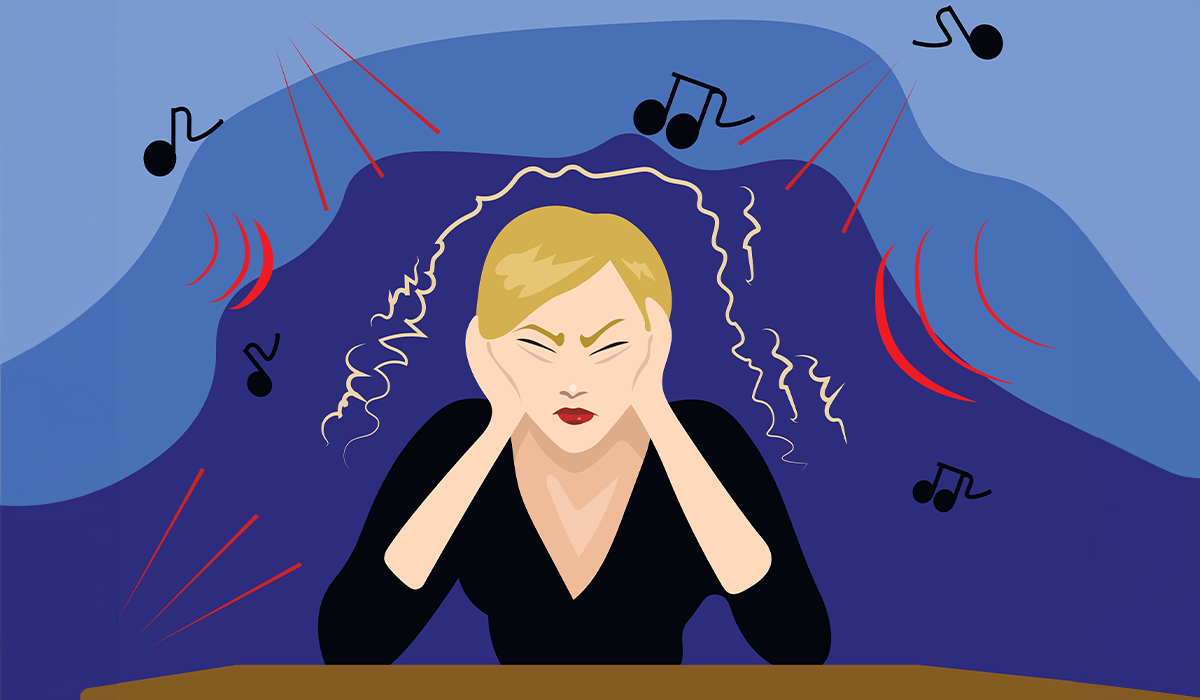
Misophonia is an inappropriately strong reaction to specific sounds. It occurs in many disorders. Learn about the meaning of misophonia… read more »
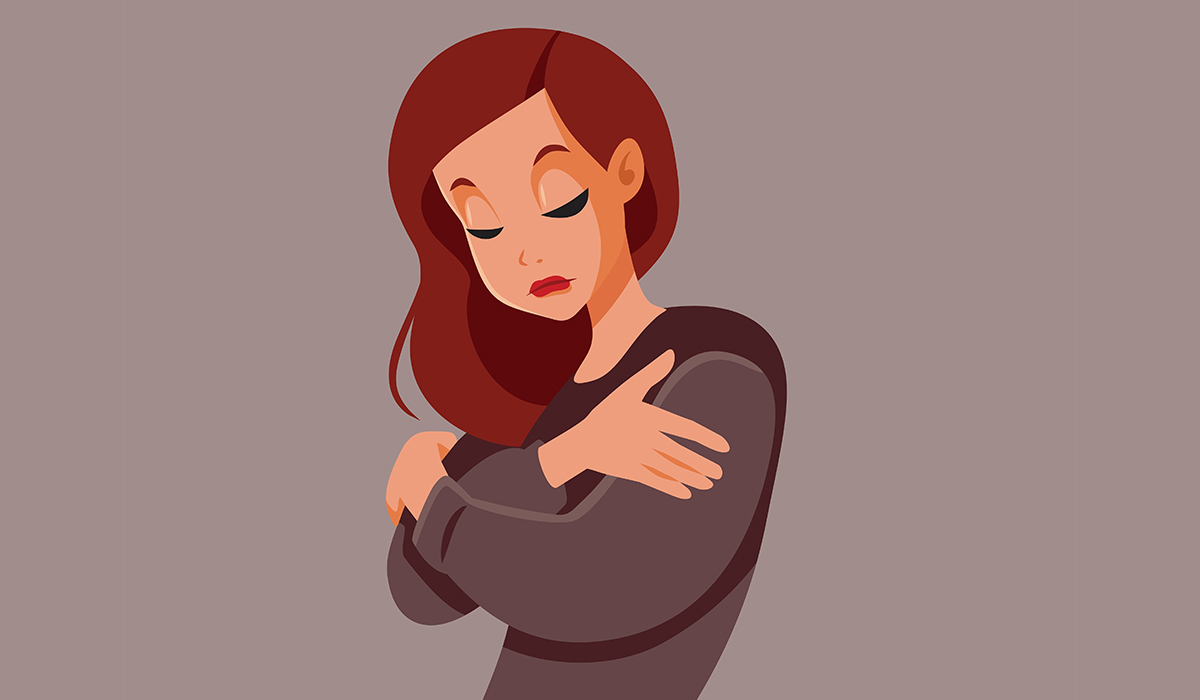
Dysmorphia is a mental disorder associated with a negative body image. It is a common problem these days. Learn how… read more »
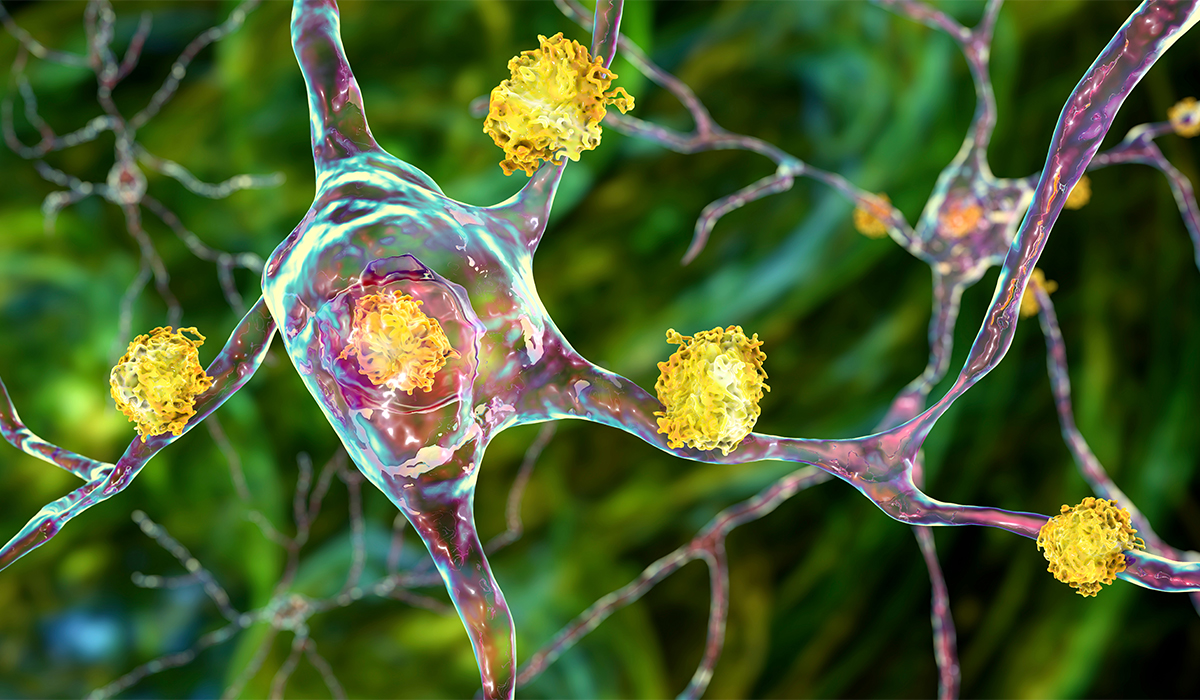
Huntington's disease is genetically determined. No effective cure has yet been developed, but research into modern treatments is ongoing. Learn… read more »
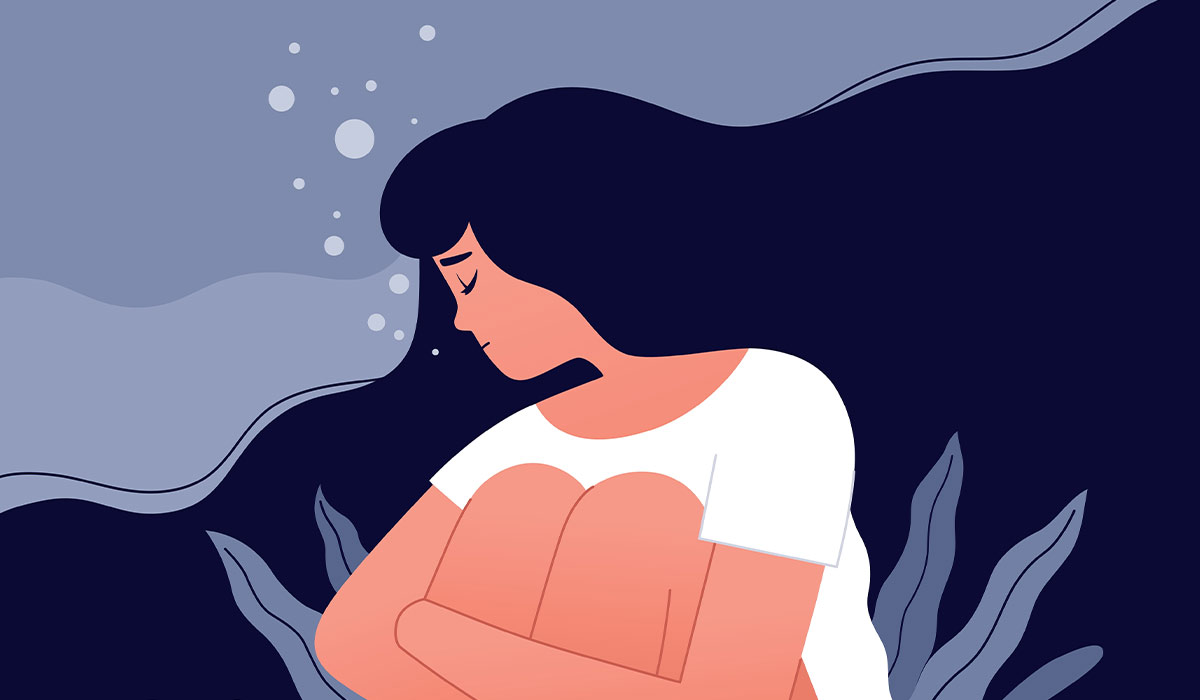
Post-traumatic stress disorder is a specific psychological reaction to a highly stressful event. How does it manifest itself? What is… read more »
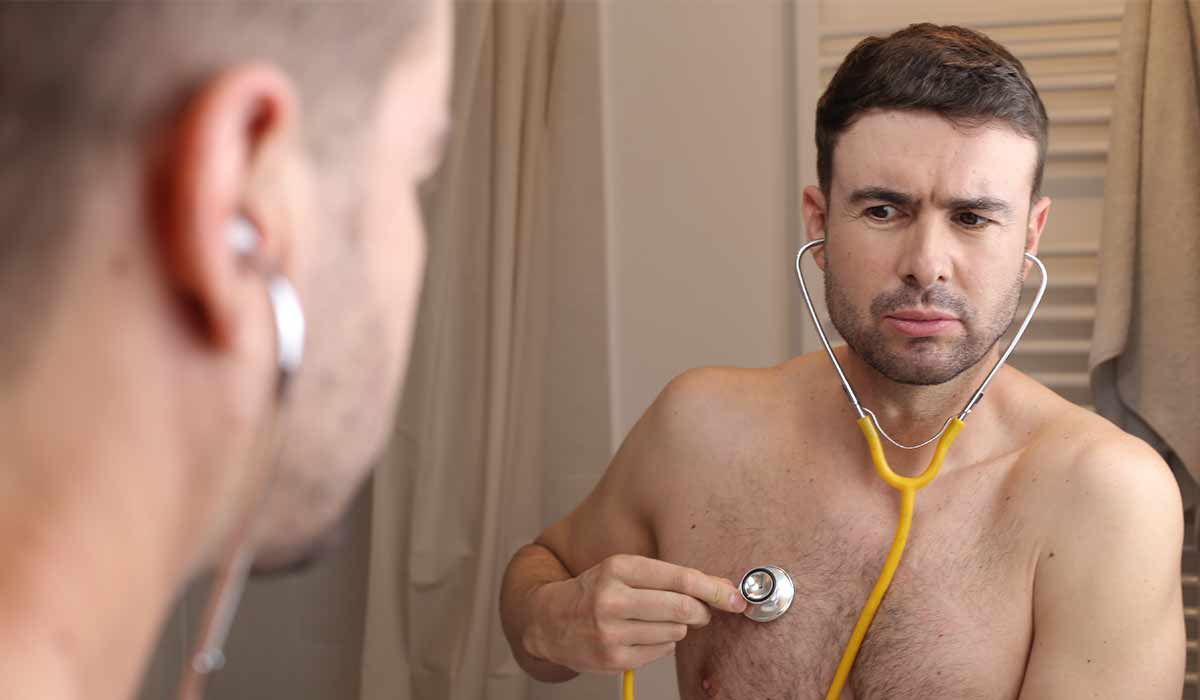
A hypochondriac is a person who is constantly looking for diseases and various health problems in themself. How is this… read more »
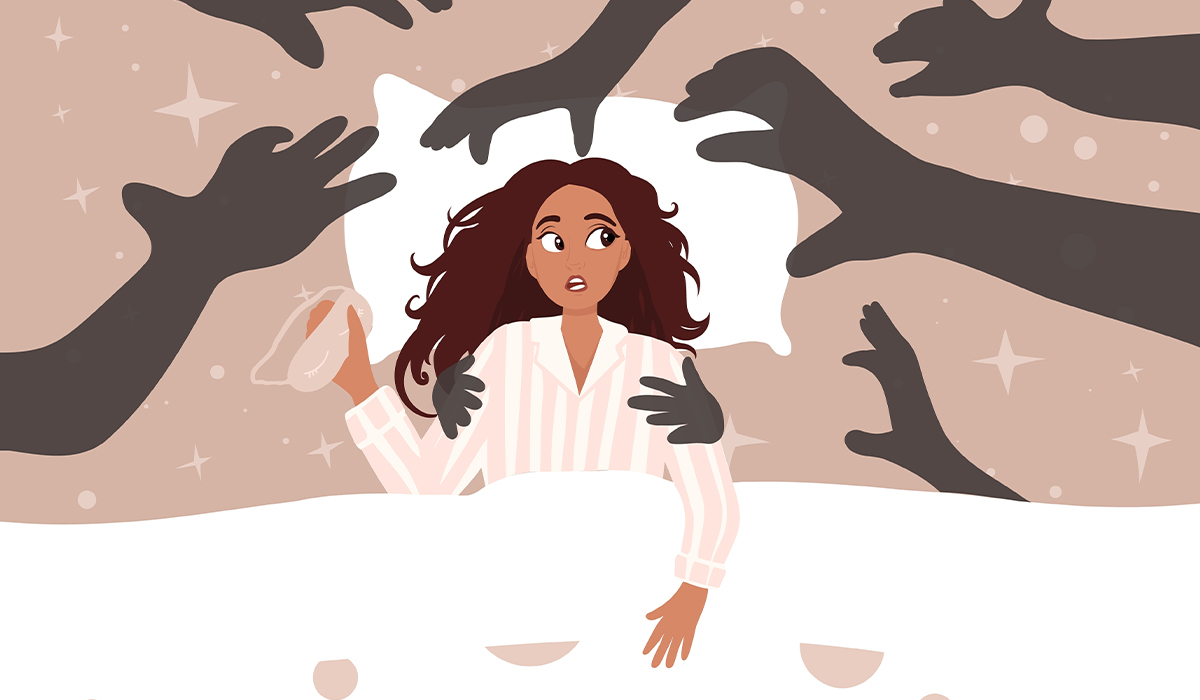
Sleep paralysis is a condition in which you experience a feeling of inertia of the entire body. What are the… read more »
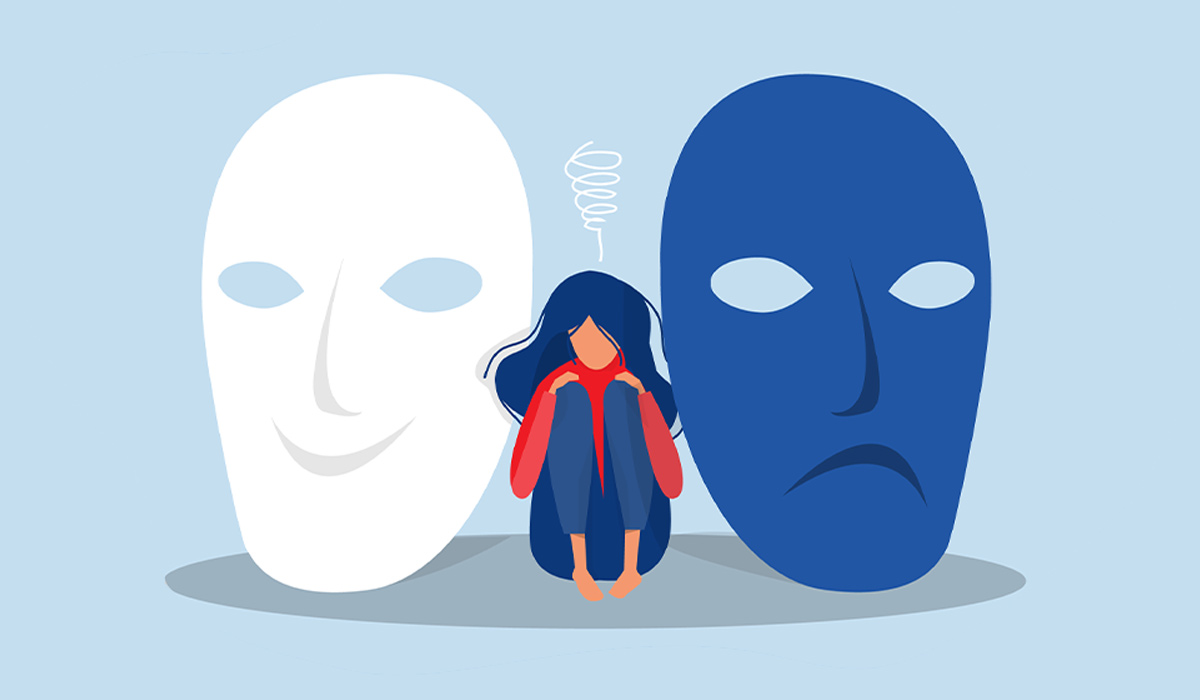
Bipolar disorder is a mental disorder characterized by the alternation of extremely different mental states – depression and mania. What… read more »